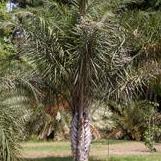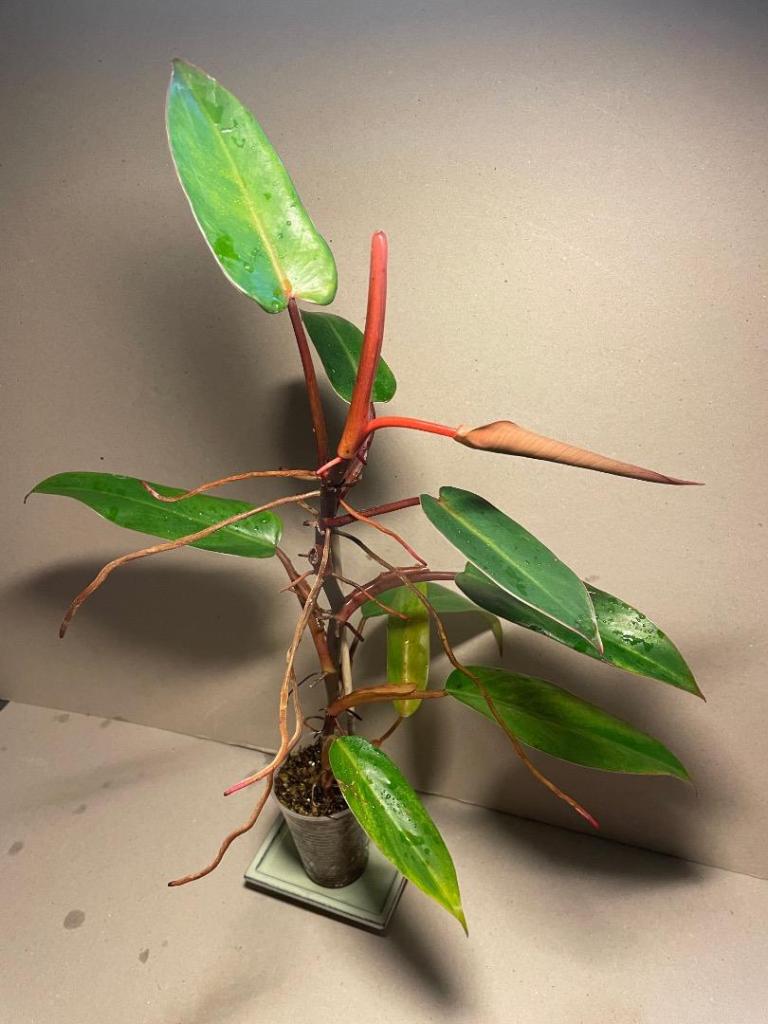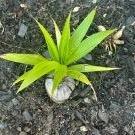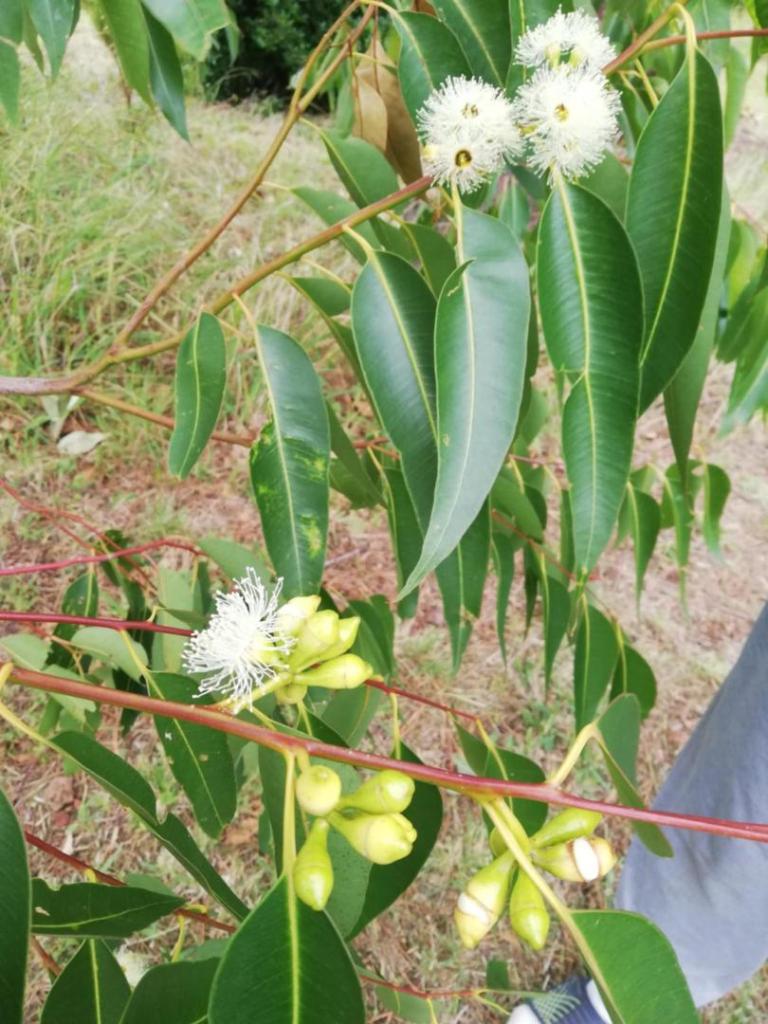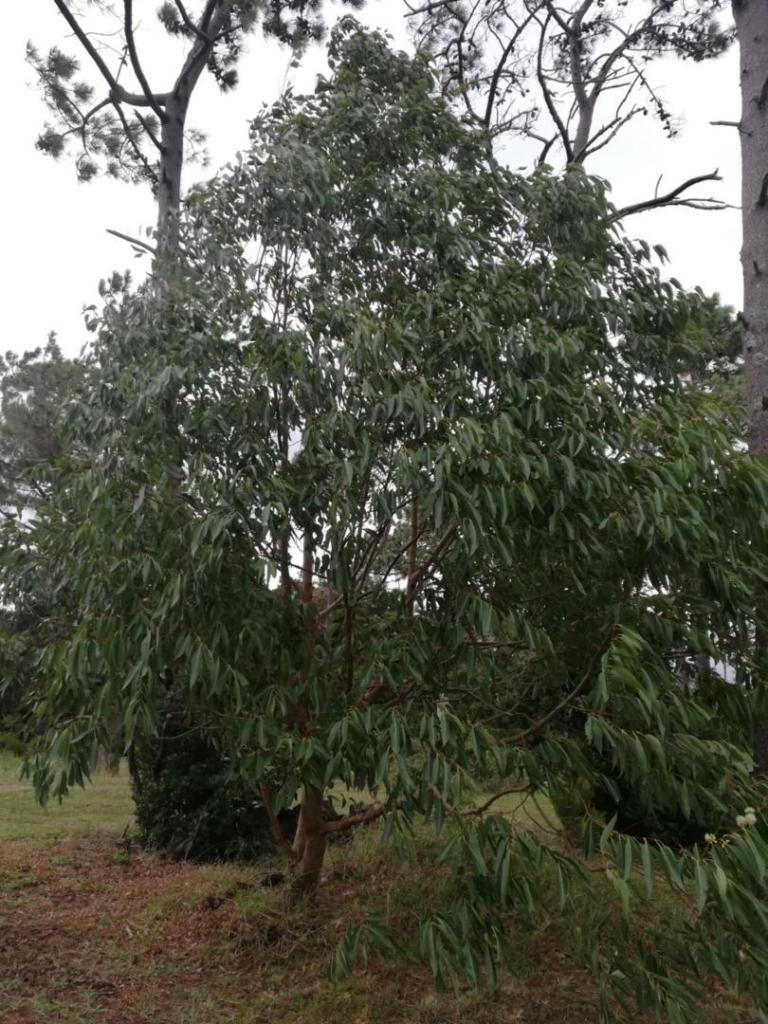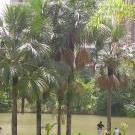Leaderboard
Popular Content
Showing content with the highest reputation on 10/22/2025 in all areas
-
A little update for those that are curious about hardiness of this palm . The summer and fall have not been super hot but we have had several warm days tipping into the 90f range and a bit beyond . I am fairly confident this will survive my winter as I don’t get frost (or haven’t in 28 years here) . It finally opened its first frond and the coloring is just green , unlike its New Caledonia relatives . I think it will be a fairly fast growing palm once established. Harry I think for inland planting , a semi shady location will work best for my new palm. I have only had it about 4 months.It is enjoying the shade of a mature Syagrus R. Harry6 points
-
The first picture is the female flower. And the last two are male flowers. And the last pictures are collecting the male pollen and then pollinating the female flowers. It’s rather easy if you have a supply of pollen, daily I go around collecting male pollen if it’s ready, and hand pollinating the females. The pollen is stored in the refrigerator each day after doing the Chamaedorea rounds. After the adscendens the Metallica plants are ready to start to do the rounds it’s fun, easy and it works for better seed production.4 points
-
A few plantings done in winter, no frost on my property so why not plant them out, all had survived 2 winters in the greenhouse well. A few in there I knew would breeze through winter and a few that I was zone pushing on. Of all the palms I planted out over winter i didnt loose any to the cold. Polyandrococus caudescens Calyptrogyne ghiesbreghtiana pritchardia martiidypdis baby red stem Chambeyronia houalouensis Socratea rostrata ptychosperma waitianum dypsis lantzeana4 points
-
4 points
-
4 points
-
Just confirmed with Dr. Rossi that there is Free Admission with a CFPACS Shirt. If you don't have one, let me know and I can come to the front and get you when you arrive. Mentions for some of our local members and frequent meeting attendees: @Lou-StAugFL @Scott W @edbrown_III @ChristianStAug @Kekoanui @howfam @Jblume @Maddox Gardening-youtube @Almisa @CodyM @RiverCityRichard @MikeB @MOlivera @Reeverse @Bigfish @tank @chuckg @Fishinsteeg234 @Keybmp @Midnight Gardener @Satakentian The meeting that started it all: Fall 2018 CFPACS + FCPCS Meeting The Garden of Dr. John Rossi The Palmateer General Discussion: SJBGNP - Hastings, FL4 points
-
4 points
-
Another fix of some plants, no therapy needed for this ocd obsession. Just more plants for the garden. plants always arrive as if just picked up from the nursery. Adira legslis a small Brazilian tree, Pinanga sarawakensis, Dypsis lantzeana, anthurium claudiae and a Zamia angustifolia. Some for the collection. Quality packaging as usual.3 points
-
You know, sometimes a dioecious palm sets some viable seed without a male anywhere around. I’ve seen it with Bismarckia and Trachycarpus. I would still try germinating those seed and if any sink in water there’s a good chance it may still come up. You just may not get a great germination percentage but you have tons there. It’s worth a try.3 points
-
A few more seedlings that need potting up. Some tricky Livistona alfredii, see how good a grower iam with this batch, the last batch the rats got. Some physokentia dennisii a gift from a local grower. A few Howea bellmooreana from a door knock, and a couple of the standard joeys. The Livistona will be a test even after potting them up i didnt even water them in. The mix was just moist enough I knew to leave the perlite out in the rain. Time will tell with this lot some easy growers and probably one of the hardest Australian palms to grow. Livistona alfredii physokentia dennisii Howea bellmooreana Johannesteijsmannia altifrons3 points
-
Fall Update #4 - Chrysalidocarpus Corner The map shows the locations of the bed: The View From the Border: This is the view you get from the pathway to the neighboring property. Chrysalidocarpus prestonianus X 2: They tend to get some rachis blight, but they are coming along pretty well. Chrysalidocarpus pembanus X 2: A pair of Chrysalidocarpus pembanus have taken their rightful spot after a mislabeled Allagoptera arenaria was moved. In the background, you can see a very young Chrysalidocarpus plumosus. Chrysalidocarpus leptocheilos X 3: The Bambusa oldhamii has the first one surrounded, but it seems to be OK. The middle photo is of one that was adopted from @RiverCityRichard and placed in the ground where the pot is currently located. I took it out of the ground because it has been declining. Hopefully it will recover. The last photo is one I got at the 2023 Plantae-palooza Sale. Chrysalidocarpus cabadae: This is the most sensitive to cold out of the bunch, but it looks fantastic when the temperature stays up. Chrysalidocarpus lanceolatus: Up to three trunks at this point - keep going. Chrysalidocarpus madagascariensis 'Mahajanga': Another adopted palm. The adult trunks seem to struggle, while the young offsets are doing alright. Chrysalidocarpus decaryi: These seem to grow really well here. There are more on the other side of the bed growing in a pile of broken concrete. All of mine are seed-grown from local specimens planted before 2007. Chrysalidocarpus lutescens: Another palm in this genus that does well with little effort. There is another over on the other side of the property. All of mine are seed-grown from local specimens planted before 2007. Chrysalidocarpus decipiens: This is the star of the show this year, due to their reputation for being difficult in Florida. A gift from @Fishinsteeg234 at the CFPACS 2025 Summer Meeting in June, it went straight in the ground and hasn't been set back by intense heat. BONUS - The First Fruits: Dwarf Cavendish bananas and Choquette Avocados keep the grocery bills in check.3 points
-
3 points
-
3 points
-
I came across this old thread below another thread I responded to as a similar topic. I thought it would be interesting to juxtapose the old photos shortly after planting with updated photos from a similar angle. First the Chrysalidocarpus prestonianus which had its name updated in the intervening years. I didn't remember it was in a 20 gallon pot and have told people it was in a 15 when I planted it.3 points
-
For a complete collection of photos with IDs, please click here Here are some photos I've taken over the last few days in San Diego, CA! Borassus madagascariensis Jubaea chilensis Chambeyronia hookeri and Ptychococcus lepidotus Coccothrinax macroglossa Dictyosperma album Oraniopsis appendiculata Ptychosperma elegans Syagrus amara Caryota gigas2 points
-
Hi palm lovers alike, I have 2 of these beautiful palms but can’t remember what they are. Been in ground for 20 ish years, Queensland, Australia. Black stems, spineless, glossy smooth large leaves. We have had an extremely dry season and it’s struggling. Normally glossier Any identification tips would be appreciated 🌿❤️2 points
-
The Chambey opened! Seems faster these days . From spear to open 2 days max. A bit of red leaf showing . Never gets old , to me. Harry ‘In full sun the red doesn’t seem to last as long . I get maybe 3-4 days . In contrast , this much younger palm took 3-4 weeks to fully open . Cyphophoenix Nucele. This is the first frond since planting it earlier this year. So far a very hardy palm , I’m not too worried about winter with this one. Harry2 points
-
2 points
-
I thought things over the past couple days and decided to start with the following: 1. Insecticidal soap for the spear 2. A multi-gallon drench of Merit imidacloprid 75% powder to attack the problem systemically. The stuff in the blue Bayer plastic bottle is only 12% imidacloprid diluted with water - expensive and wasteful.2 points
-
They spot in winter here too, mostly on those planted near the houses in heavy clay foundation soil. Might have to do with wet cool roots. There are foxtails here that look very nice, a s long as they are planted way from house slabs by at least 15'. Landscapers planted foxtails up near the slab on my property, they looked unhappy and when the cold hit they went bad, mold spot everywhere. Foxtails do seem to be more susceptible to mold spotting and micro nutrient deficiencies here in that heavy soil. Royals, no problem they just need water.2 points
-
2 points
-
2 points
-
Hi Jodie. Yes, you will need a male and a female to produce viable seed. If you post a photo of your other palm we’ll be able to tell if it’s male, the inflorescences are quite distinctive.2 points
-
2 points
-
The ideal that plants want would be 75%+ RH and temps between 27-35ºC (80-95ºF). I know it's difficult for a lot people to achieve (or even want to achieve) inside their homes. But that is the golden zone in which plant growth will go crazy. My home is under such conditions -- it happens that I am a tropical species myself, can't stand low humidity nor temps below 80F -- and I have Philodendra growing aerial roots more than they grow roots inside the pots. I don't even have to root my cuttings if I want to propagate, I just chop them, plant them immediately and they grow on as if nothing happened. If you have less RH than that then you might wanna bag the cuttings you're trying to root. You can still keep them in water, just bag the whole glass with your cuttings and that will help with less than ideal RH. Below is an image of one of my Philodendron erubescens 'Red Emerald' plants. It's not the wildest I have in terms of aerial root growth, but I have all my old images on another Mac and it's difficult to get them to the Mac I use for online browsing. So, currently this is one of the examples I can show. Lots of long aerial roots growing out all over the place. This what high humidity and warm temps does to these plants.2 points
-
In SoCal, royals seem able to reach their full potential, while foxtails do not. There are plenty of decent foxtails around, but they seem to require more year-round warmth to reach the proportions that I assume they reach in habitat. Certainly the Hawaiian specimens get really big and the crowns are just magnificent. I like the ones I’m growing, but they spot every winter; the royals just cruise through winter without much complaint.2 points
-
2 points
-
Mine did the same. For now this one emerges from under two healthy retained leaves, so it should be ok without further assistance for a bit. The first inflorescence dropped immediately after the leaf it emerged from dropped.2 points
-
The length of cold and the type of cold matter. Also young plants are not as cold hardy as established palms. A radiational event the typical royal bud is much higher off the ground, so it will see a warmer temp. An advective event the height gets you no warmth. On the length of cold a larger mass cools slower for a quick dip in temps. How many hours below freezing will determine the temperature of the bud which determines survival. I had 3 royals and 2 foxtails die in Dec 2010 at 28F in a radiative event, all were small. Larger royals and foxtails were damaged but pulled through. Id give the edge to foxtails on leaf tenderness to cold but that is not cold hardiness. Cold hardiness is how cold it can become without death of the palm. Foxtails also do poorly with wet soil in the cold, that doesnt seem to be a royal problem as they don't mind wet feet in the cold. We have lots of big royals near me, and we also have some 25 foot or taller foxtails. Because the coldest events here are radiative, the royals get an edge if they can get some height on the bud before a 28 degree cold event. More noticeable is how fast they recover from leaf damage, the royals are notably faster. Foxtails took an extra year to recover from the 28 degree cold event.2 points
-
It is 10A hands down, while my climate is between 10A and 9B. Actually it is nominally 10A but plants do not care about average temp min every decade, because they get killed by absolute min every 20 or thirty years, unless climate has changed meanwhile.2 points
-
2 points
-
A very important thing nobody has mentioned is its tolerance to wet freezes. Mature trunks can tolerate a dry -5C with almost no problem, but a wet -5C will kill them.2 points
-
I am attaching photos of some of my Eucalyptus deglupta grown from seed. I have germinated the seeds over 10 years ago but kept them in pots for a very long time, so my degluptas could be taller than they are now. A couple of my degluptas are blooming now as seen in the photos. Only part of one branch of two out of six of my E.d. trees has got blooms on it.1 point
-
1 point
-
I'm not growing Kerriodoxa but I am familiar with other dioecious palms that have separate male and female plants. As the original poster noted, sometimes flowers of both sexes appear on the same plant. The white fruits they produce are similar to plums with fleshy fruit surrounding a seed. The cleaned seeds are pretty large - larger than a thumbnail in diameter so the fruits would be larger than the seeds. I'm guessing that you have unpollinated fruits based on your description and photo in your other thread. I suggest cutting one of the seeds open to see if you have an embryo and I'm guessing that you'll have an empty shell or solid middle with no white embryo.1 point
-
1 point
-
1 point
-
It's not true, you have so many species, almost all of which are impossible for me to grow, but I'm not complaining, I can grow more than 150 species of palm trees, and even hybrids of palm trees that are resistant to light frost.1 point
-
Yes, I am waiting for the inflo to open to finalize anything. I can definitely see why you say the leaf form has the look of Aloe thraskii. It is probably a bit stunted in speed of growth after being in a pot all these years too. All my large species Aloes and Aloidendron in the ground have been much faster than this plant. When my Aloe african had multiple heads and toppled I saved one of the heads and potted it. That plant has been much slower in a pot than the main stalk in the ground that I lost even after allowing for time for it to root for a couple of years. Someone else mentioned these want room to root and I agree.1 point
-
Strange when I look at accuweather and search for January 2024 and 2025 is the coldest temperature in these two years 3°C and the warmest even 22°C https://www.accuweather.com/en/pt/pedrogao-grande/273885/january-weather/273885?year=20241 point
-
1 point
-
1 point
-
Lovely job! A new palm “ Licualistona” ! I love it , and folks will be clamoring for seed. 😂. Harry1 point
-
1 point
-
1 point
-
Mine is Nucele , and pretty young. It is in mostly shade on the cooler side of the house. I can take a pic a bit later and post it. We get some heat waves here but almost always cools off in the evenings. Kentia palms do well in full sun here. My Chambeyronia is fine in full afternoon sun. Harry1 point
-
So much of that depends on what kind of zone 8 you're in. Here in North Carolina, most of the state is now in zone 8. But outside of coastal areas, any washy is going to need protection during the winter. The coast is still zone 8 but it's 8b. Even there, the only washies that I see survive long term are at the southern end of our coast in the Wilmington area. In that area, washies don't normally need any protection but might need some during an extreme winter.1 point
-
The seed got cleaned and soaked for 2 days then all of them got thrown into a community tub . And kept the tub covered on the side of my house1 point
-
1 point




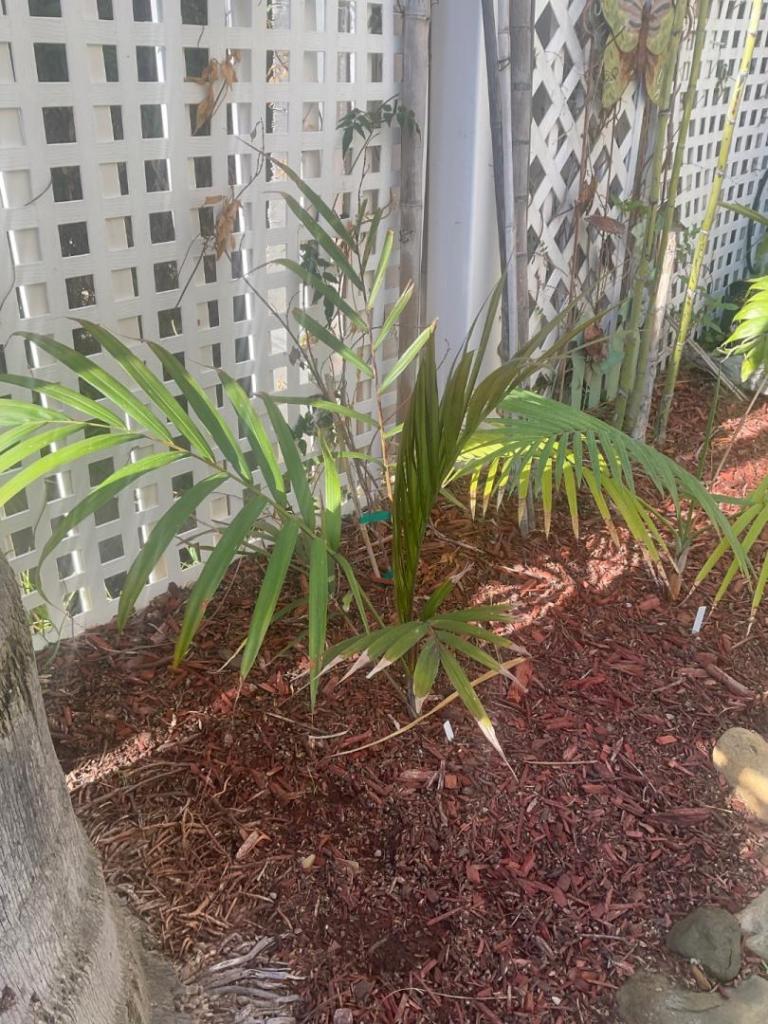








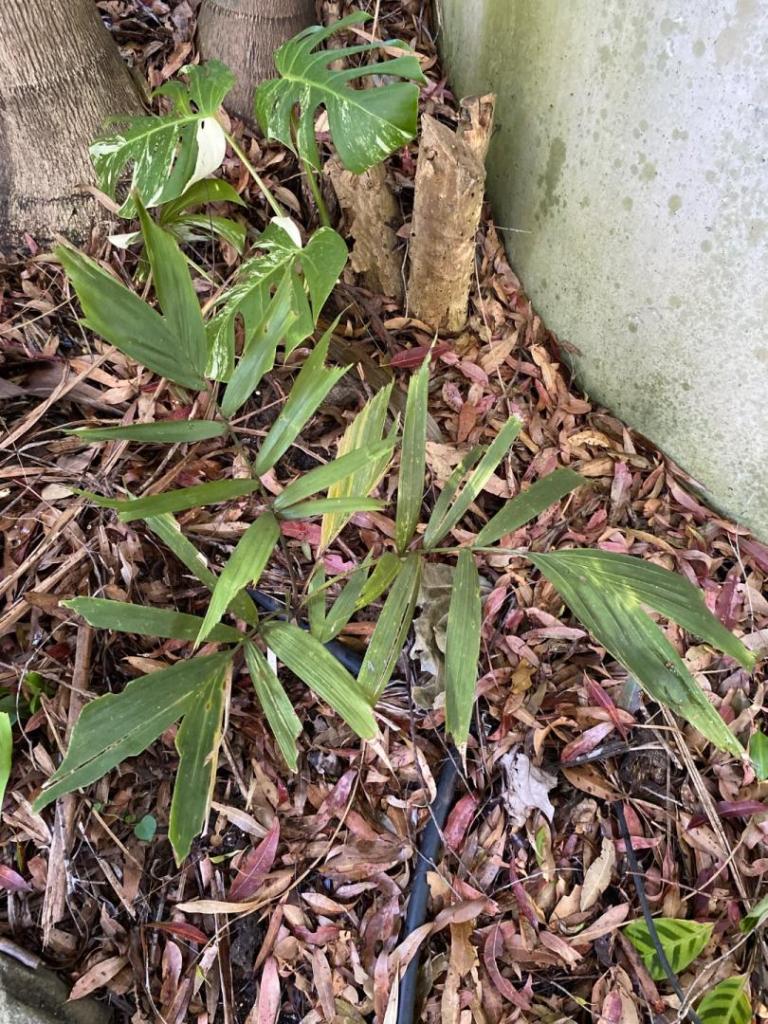




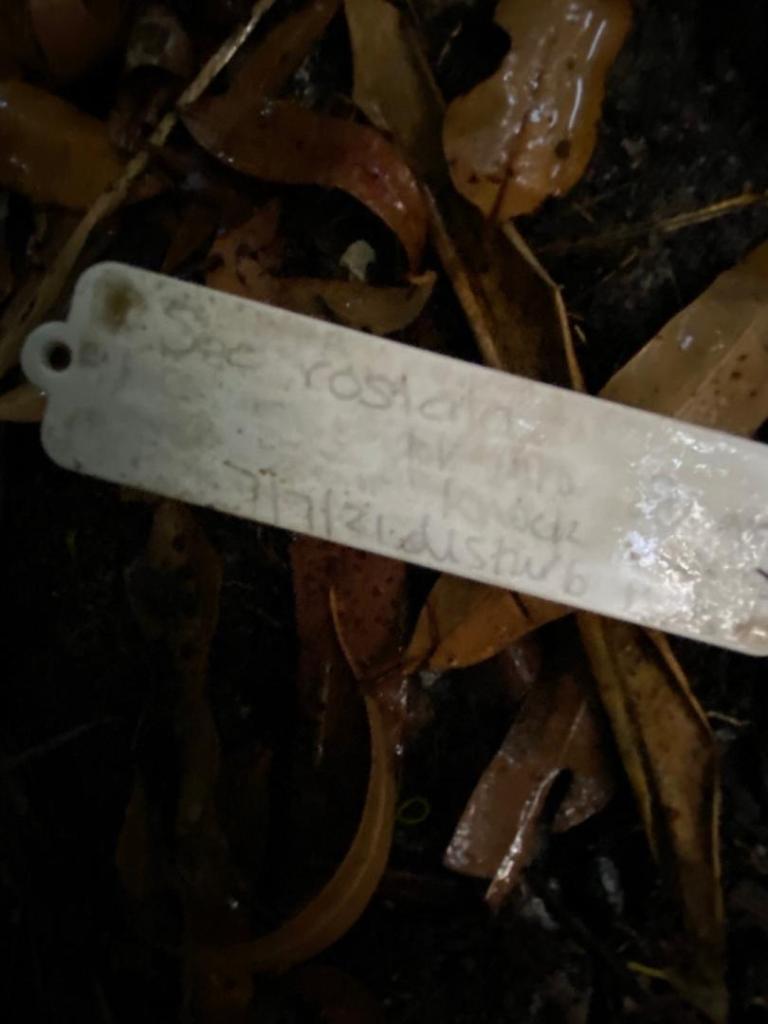




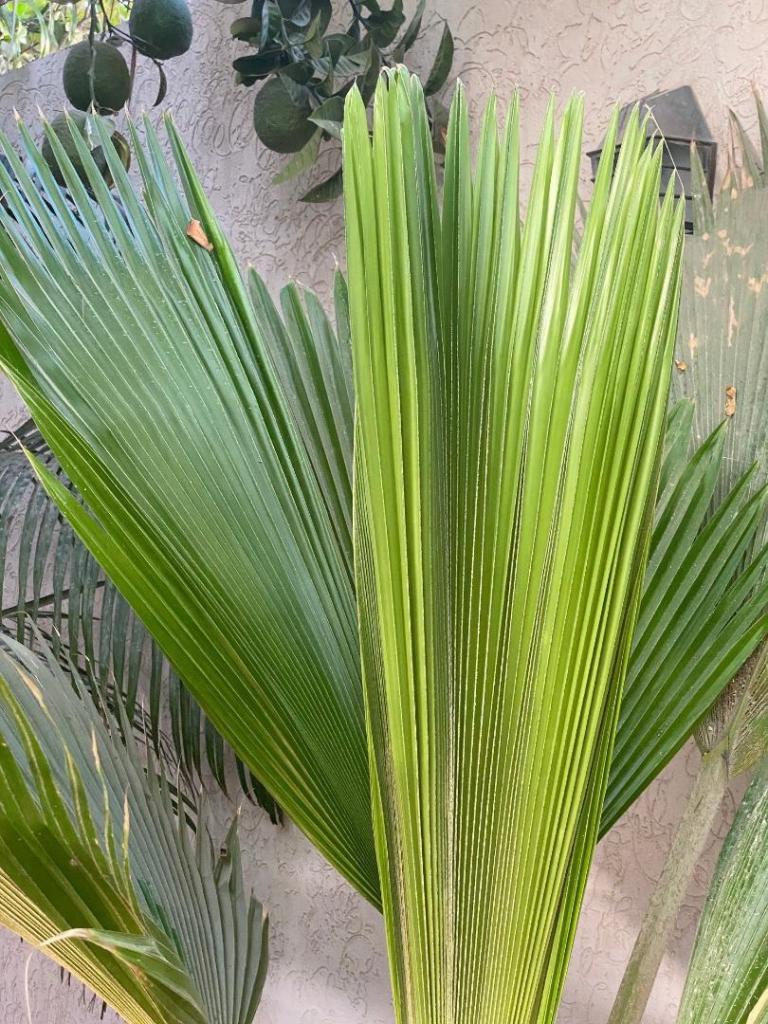

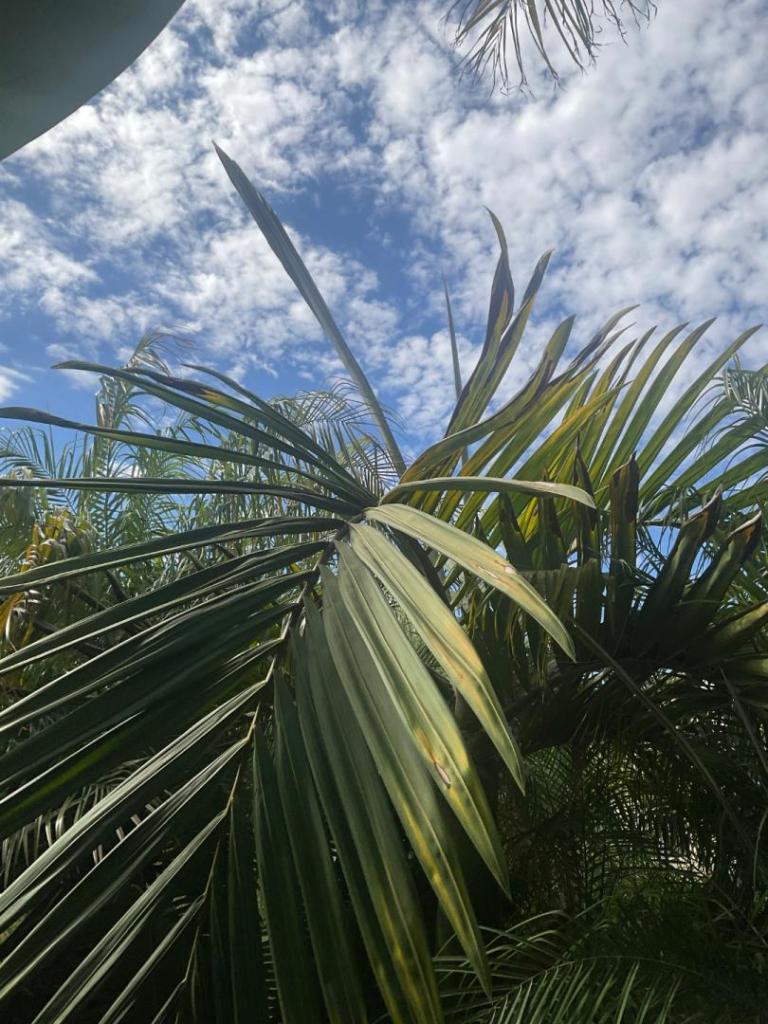


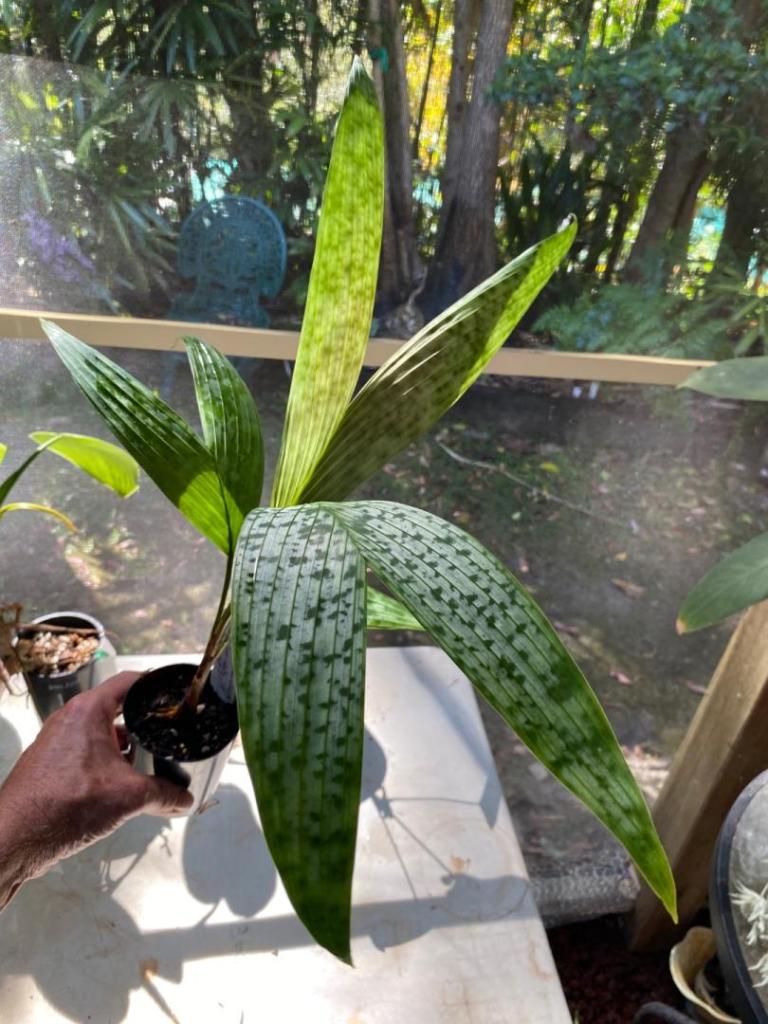

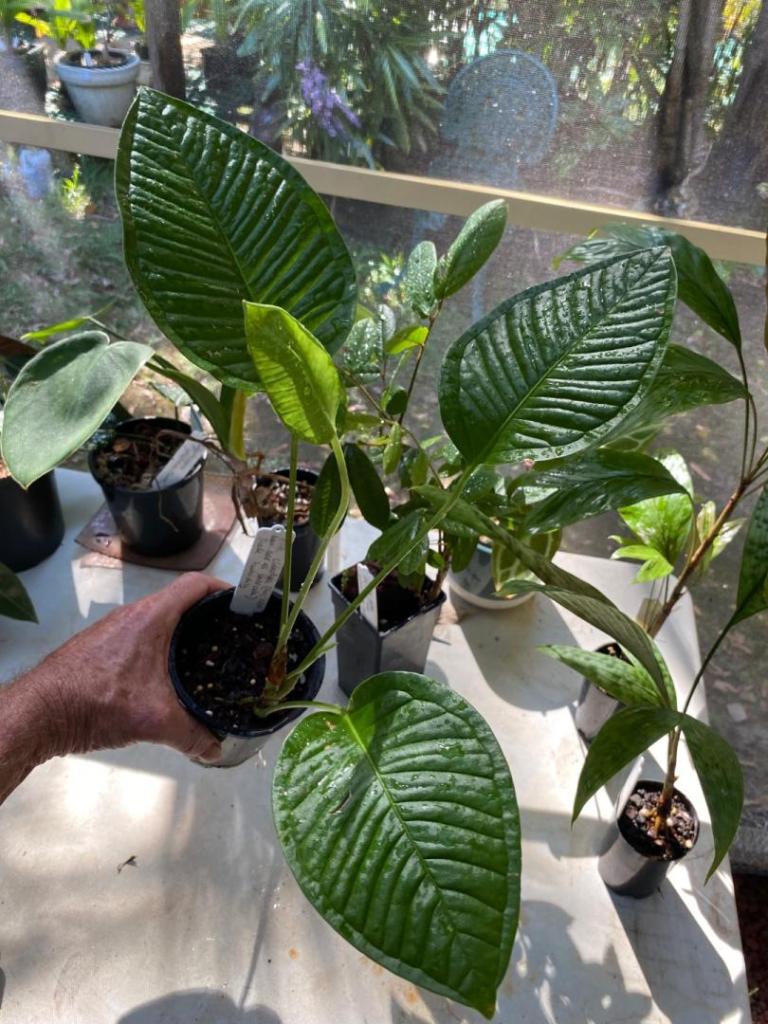





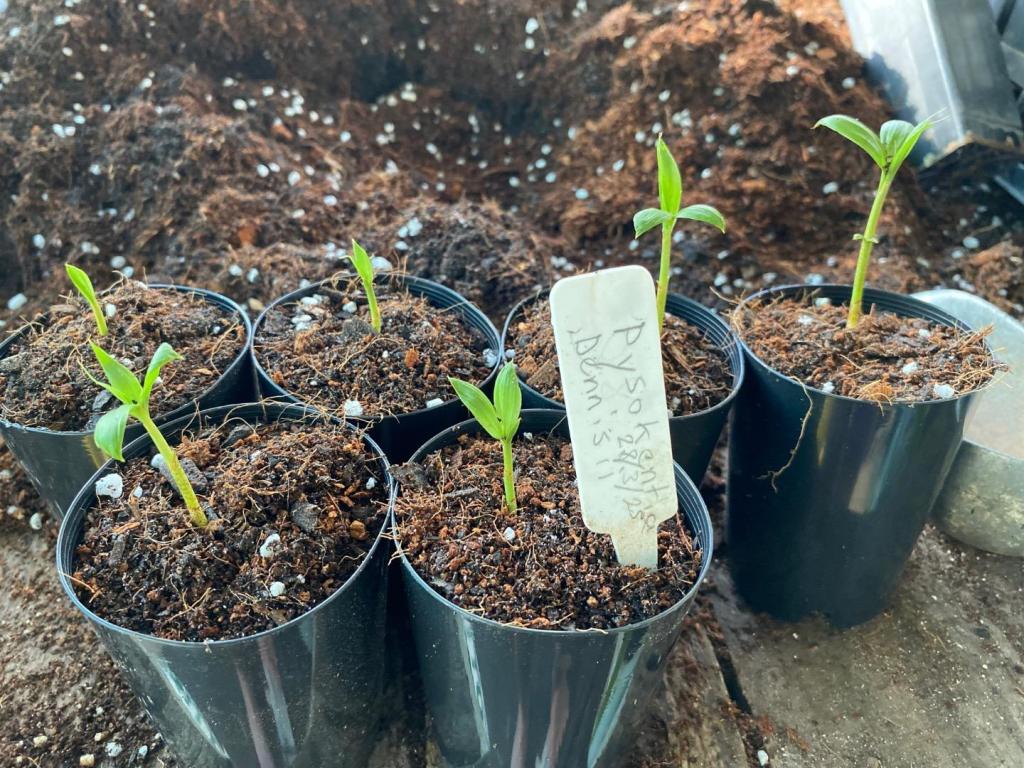

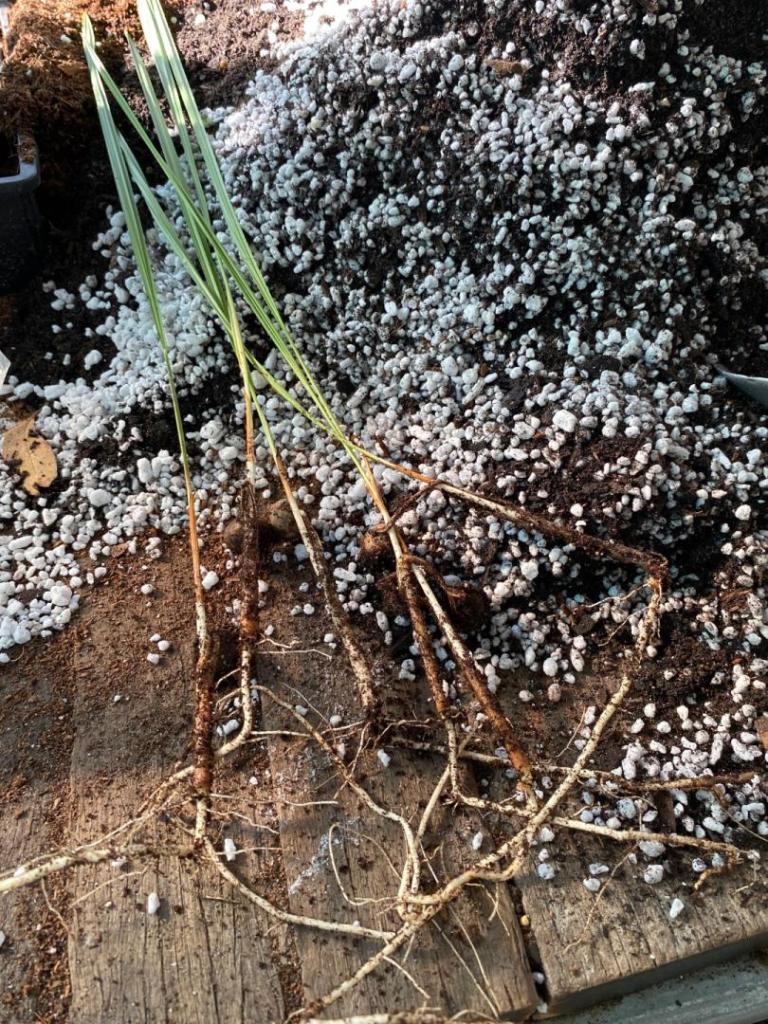





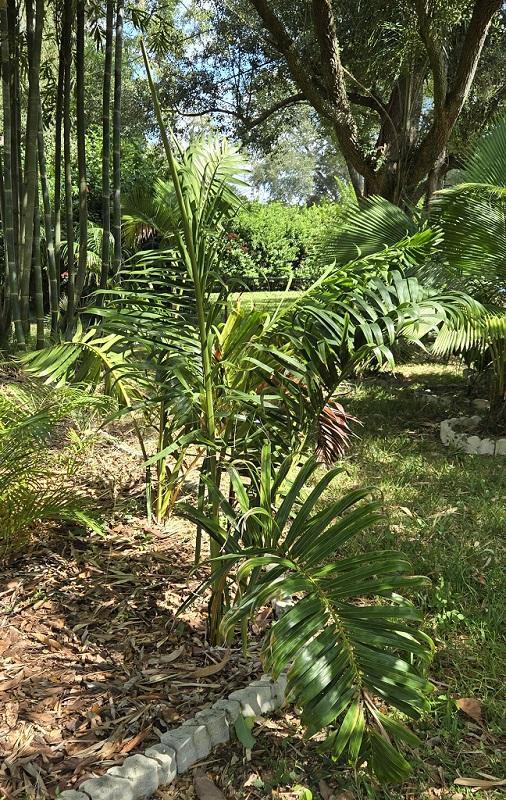
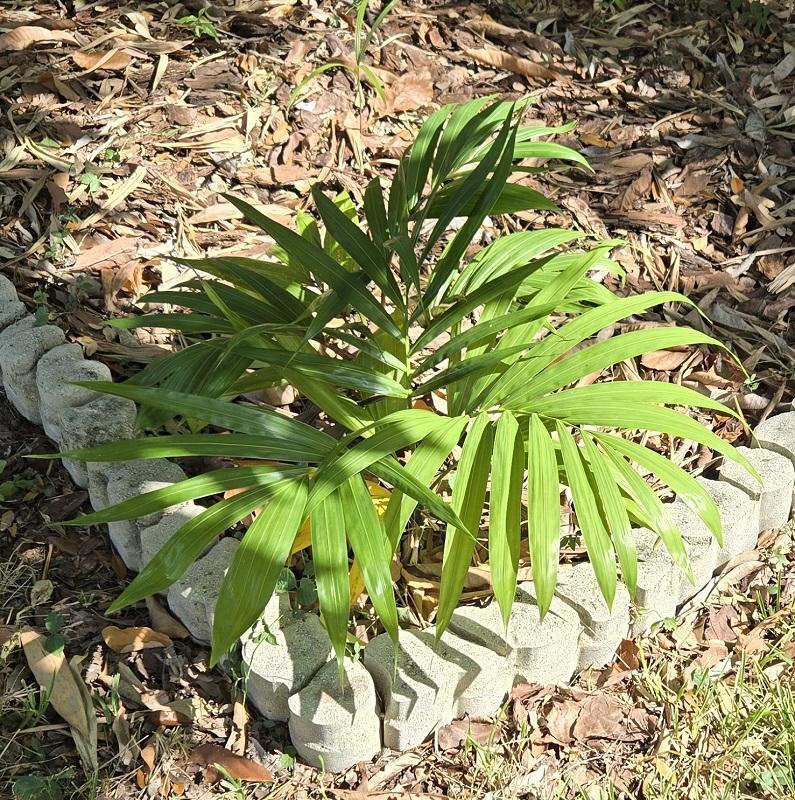
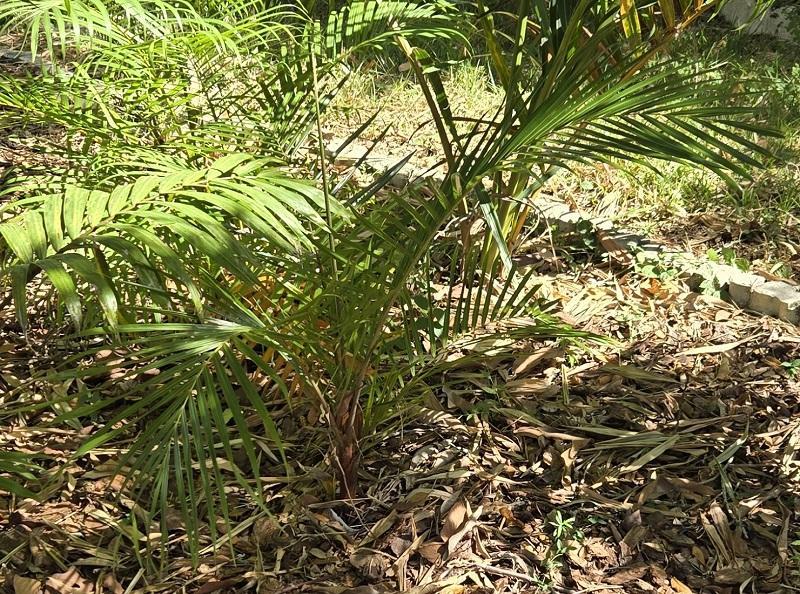
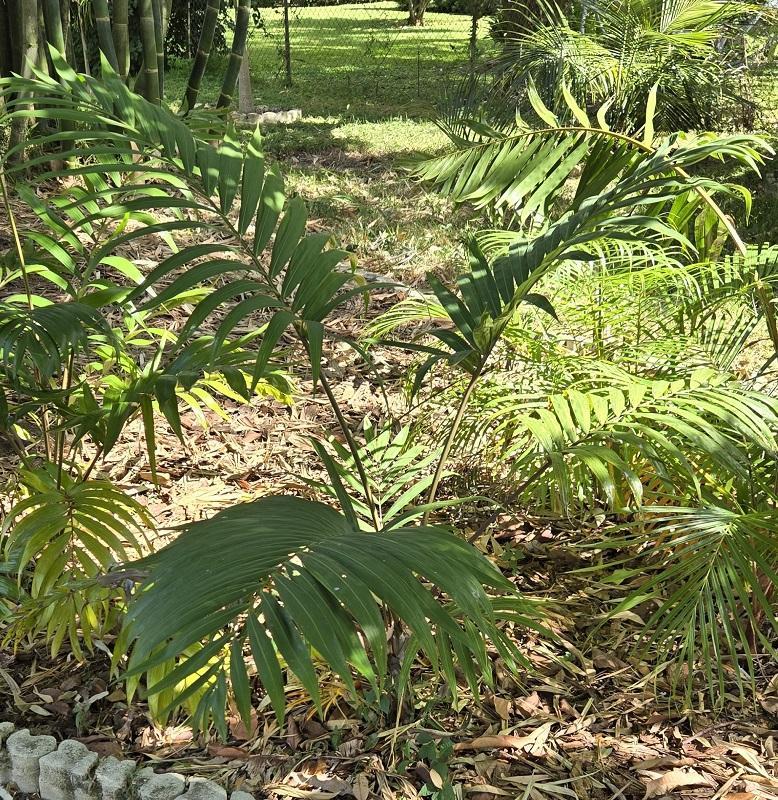
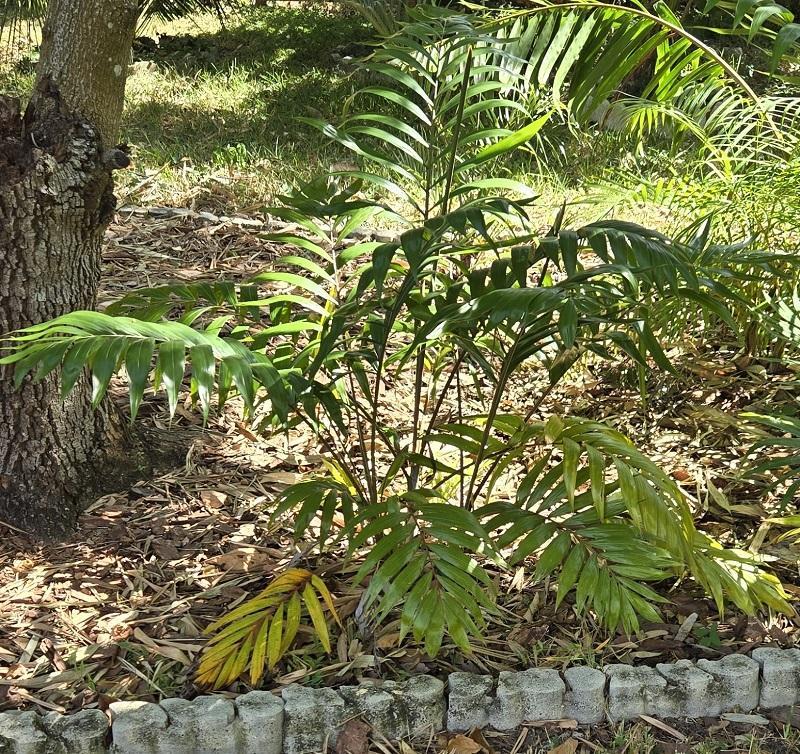





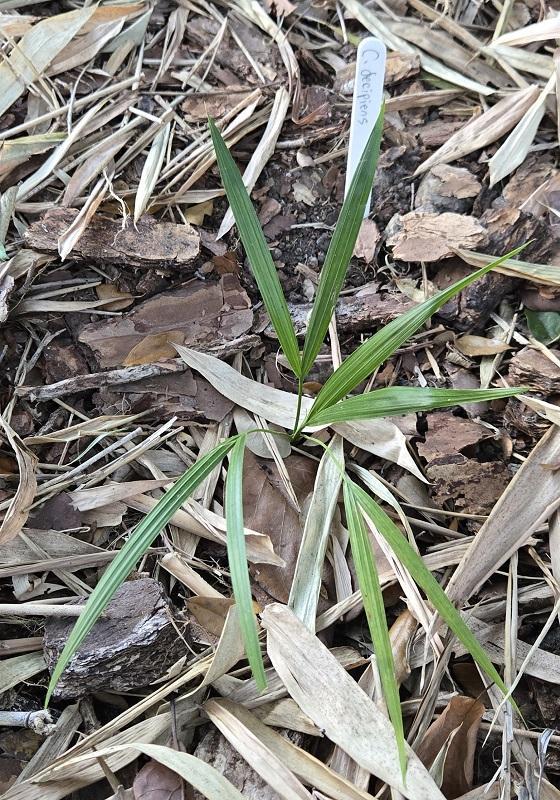
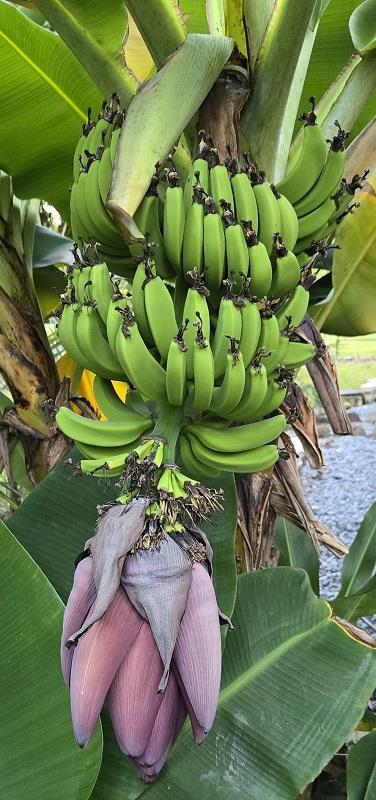

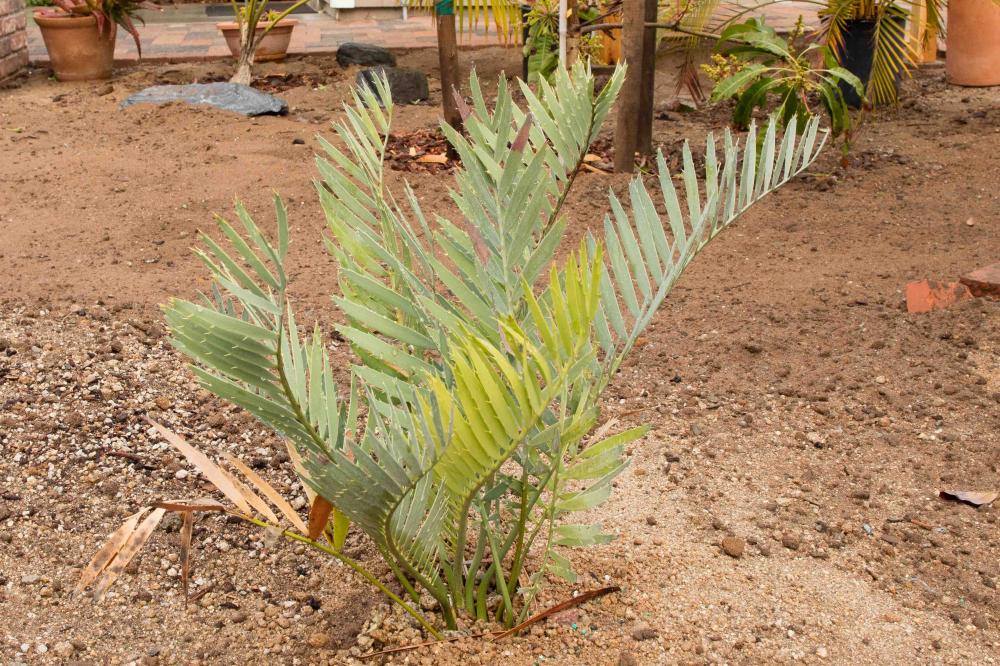
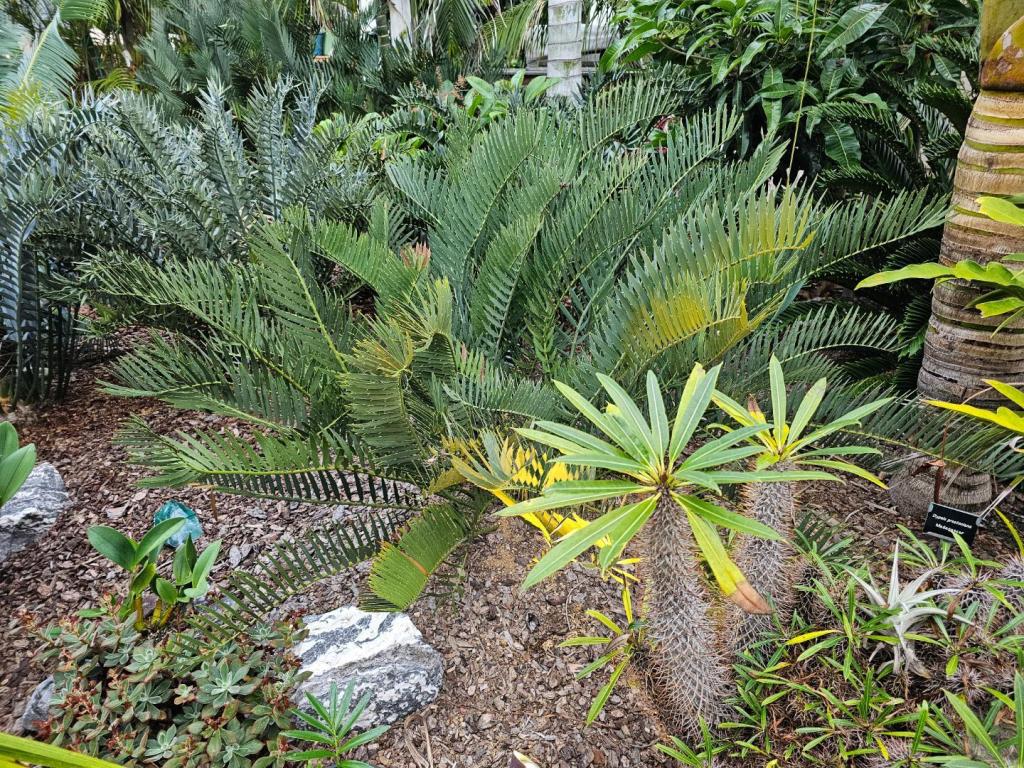

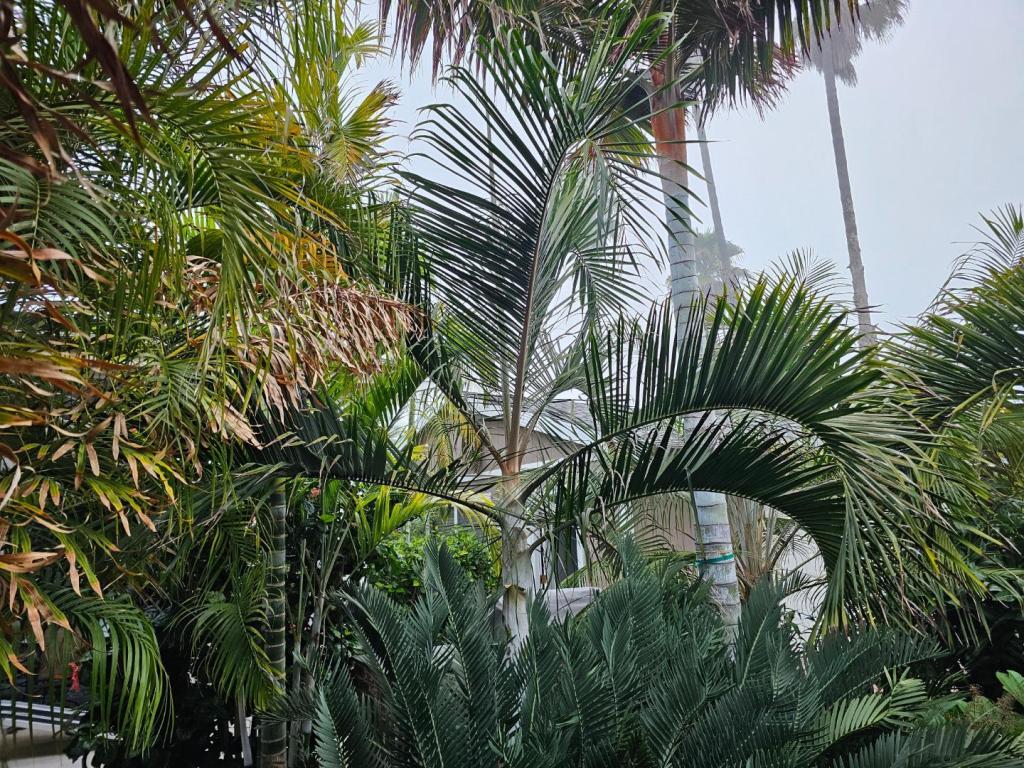
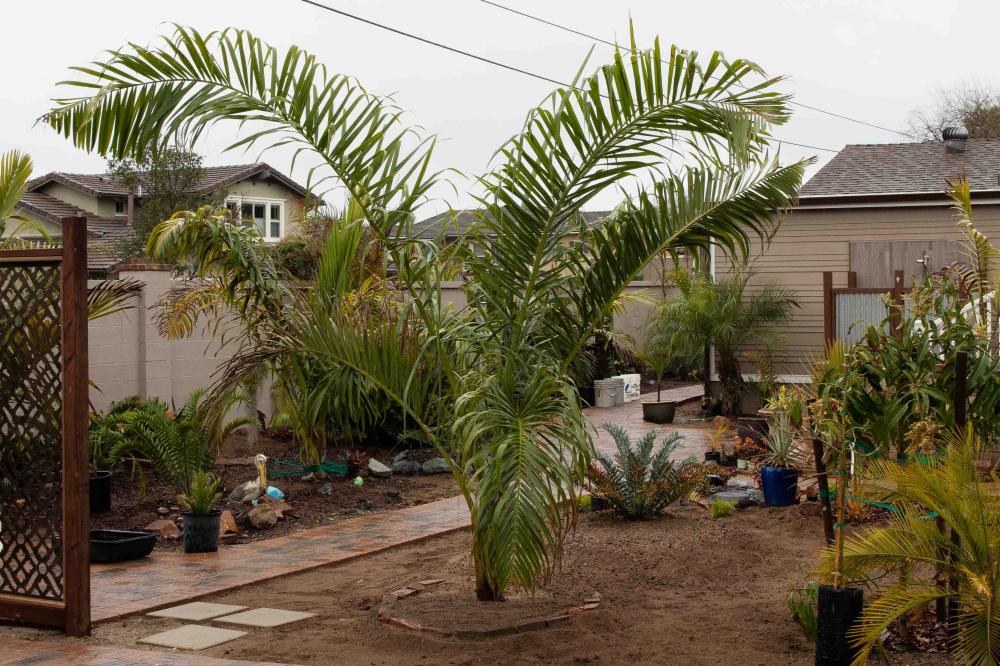


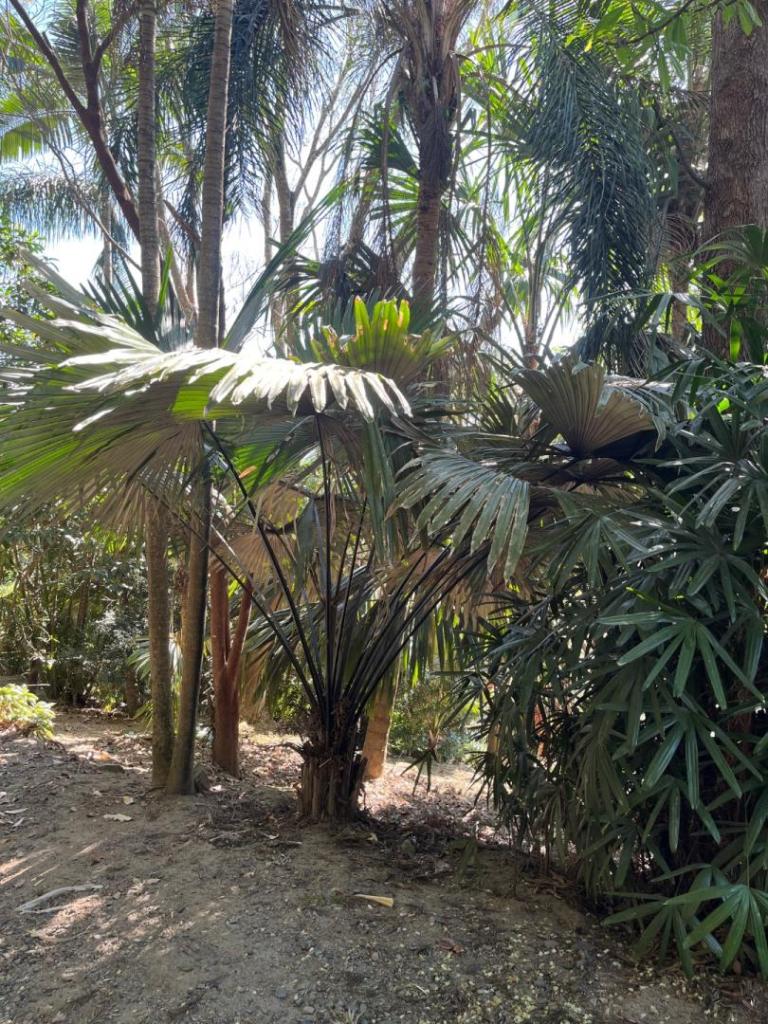
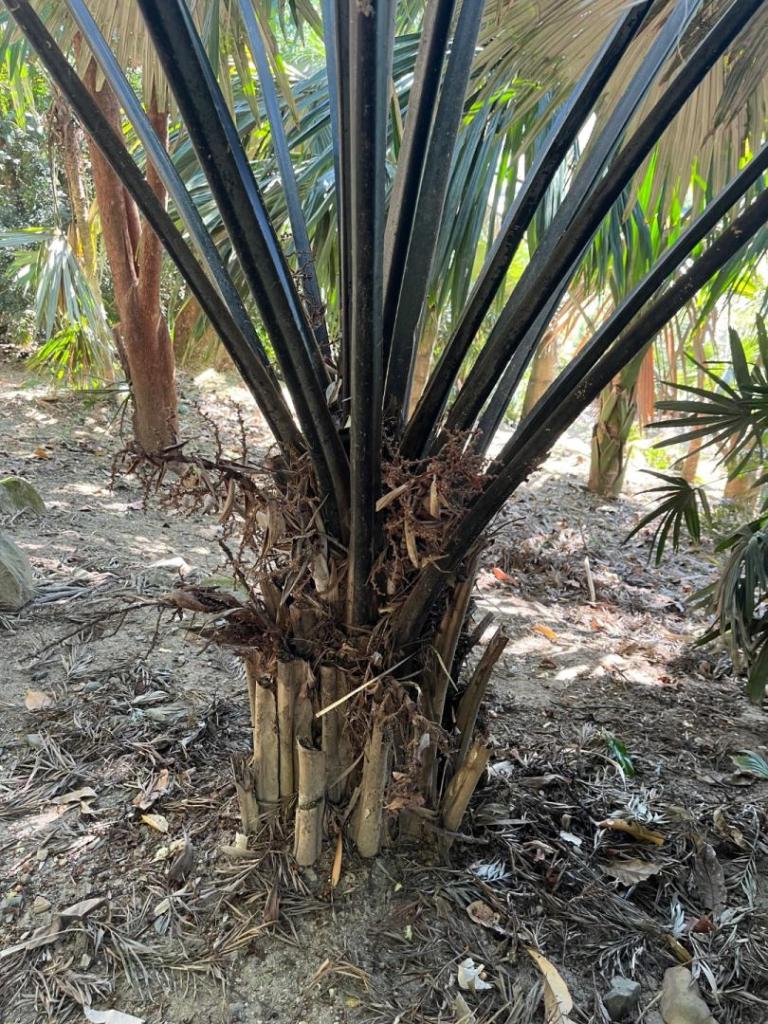
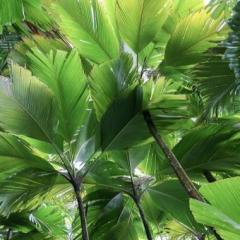






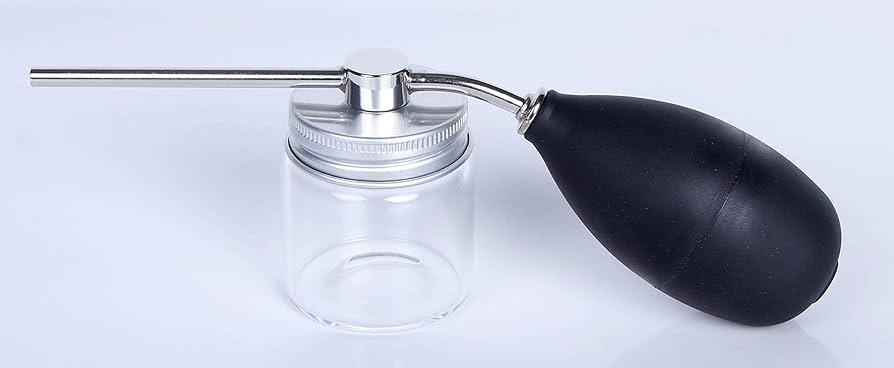
.jpeg.99368ccc20913e516a33aaac8e3e8ee9.jpeg)

